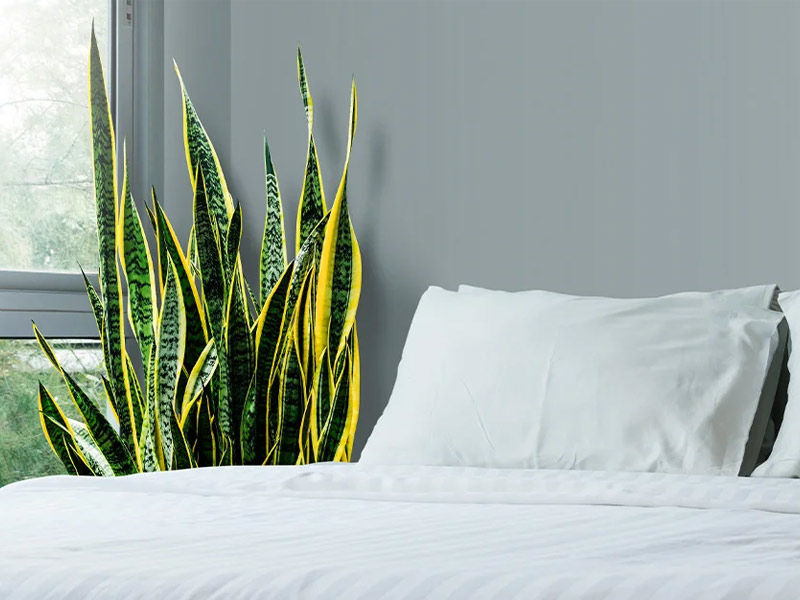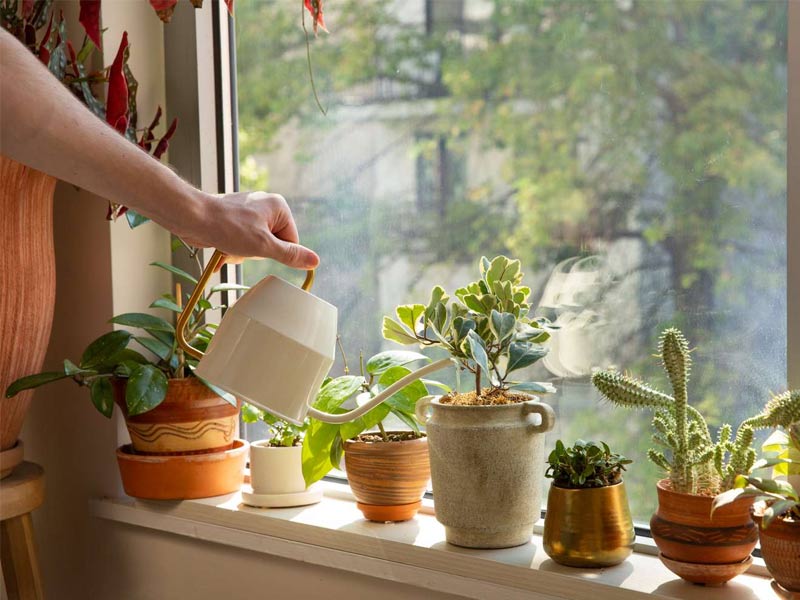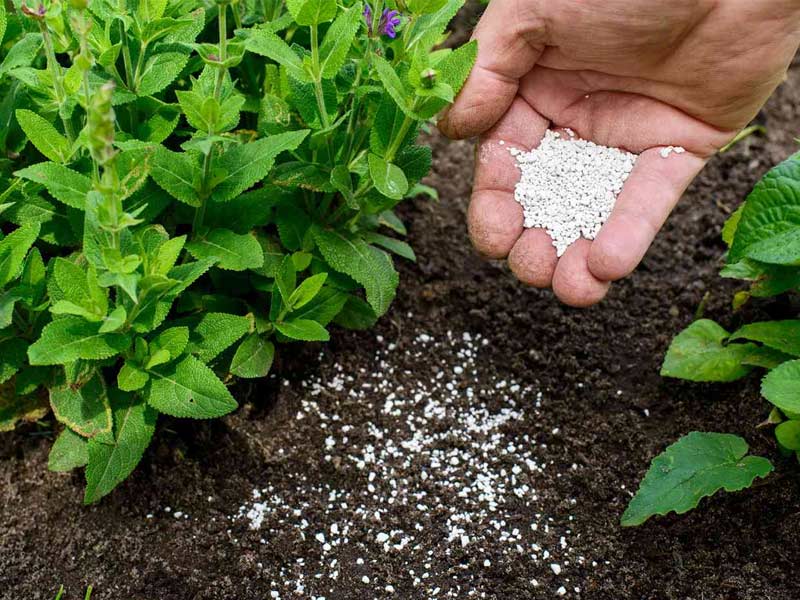Maintain soil moisture.
Either too moist or too dry soil can impede the growth of the plant.
The plant will occasionally perish if it receives too little or too much water. Plants with lush, thick leaves need more water than those with waxy or leathery leaves.
If there are mould growths on the soil’s surface or if water is collecting at the bottom of the container, the plant has been overwatered.

Water a plant if the soil starts to look broken or changes colour.
Standing water has the potential to destroy plants. If you see any standing water in the pot or underneath it, pour it out.
If the soil seems damp, that is fine. If the plant appears to be dry, you must water it.
Overhydration is indicated by discoloured leaves, a lack of leaf growth, leaf loss, and soft, rotting spots.

Dehydration is indicated by the plant’s slow leaf growth, brown and dry leaf edges, and lower leaves that turn yellow and curl.
The ideal temperature for the water you use to water your plants is 68° F, or 20° C. For plants, water that is at a normal temperature is ideal.
Your indoor plant may suffer root damage and eventually die from water that is too hot.
Your plant may hibernate if the water is too cold, which will impede its growth.
Choose a spot in the house that receives adequate sunlight.
To prepare food through the process of photosynthesis, plants require sunshine. The growth of a plant is influenced by the kind, timing, and intensity of the sun.

Keep the plant away from direct sunshine. Keep it in a well-lit area with adequate lighting for them.
For some plants, fluorescent lighting can be used in place of sunshine.
Plants that bloom requires 12 to 16 hours of sunshine each day.
Leafy plants require 14 to 16 hours of light each day.
Do not relocate your plants.
It is advisable to avoid moving plants around a lot because they will eventually adapt to their surroundings.
Don’t relocate your plant to a zone with a completely different temperature (darker to lighter area).
If you decide to move the plant, start by taking it there for an hour each day to help it become used to the new environment. Increase the amount of time till it fully adjusts.

Some plants can be harmed by dry air because most plants, especially tropical plants, need humidity. You can get a cool-mist room humidifier from a nearby retailer and position it close enough to the plant to supply it with moisture in the air. Make sure to avoid getting any blooms or foliage wet.
Another option is to use a less expensive humidifier. piled pebbles into a tray. Just above and below the tops of the pebbles, add water. The humidity in the space will be caused by the evaporating water.
To add more moisture to the plants, you may also use a spray bottle filled with distilled water and mist them with it.
Browning and wilting leaves, as well as flower buds, are symptoms of low humidity in your plant.
To boost humidity, you can also keep your plants near one another.
Fill pots with fertilisers
Most indoor plants thrive when fertilised with balanced 10-10-10 fertiliser. Potting soils and fertilisers provide all the nutrients needed for house plants to survive. Therefore, you must report the plant and replenish the soil’s nutrients; otherwise, the plant will eventually wither away.
Also read: Wonderful flowers for house décor that last a long time
The order is nitrogen first, phosphorus second, and potassium third. It’s easy to recall as N-P-K.
A fertiliser with a high potassium content is necessary for flowering plants.

While a foliage plant needs nitrogen-rich fertiliser or potting soil.
Succulents or cacti may endure under severe, desert-like conditions. They need a specific potting mixture that is intended to drain water effectively. A pot with several holes on the bottom is another option. These stop plants from retaining an excessive amount of moisture in the soil, which can lead to their demise.
Knowing about your plant and its needs is crucial because certain plants need their roots to be clipped at regular intervals.
If a plant is not clipped, it may outgrow its container or vase. Regular pruning will keep your plant healthy and keep you from having to replant it.
Dead branches or stems should be removed because they tend to draw insects.
Do not water your houseplant with tea or coffee.
Coffee or tea will draw flies that can eat your indoor plant, so avoid doing it. These insects also use sugars as a breeding ground.

























